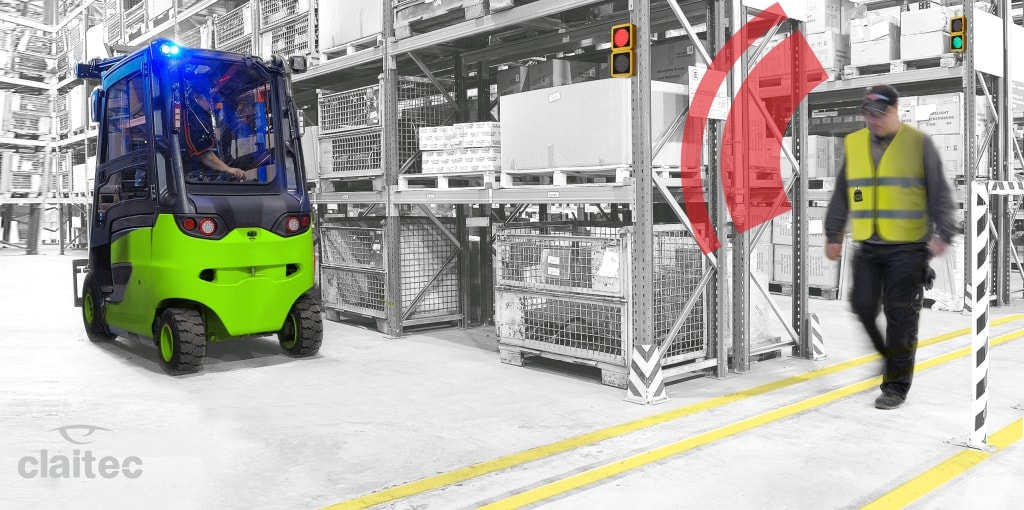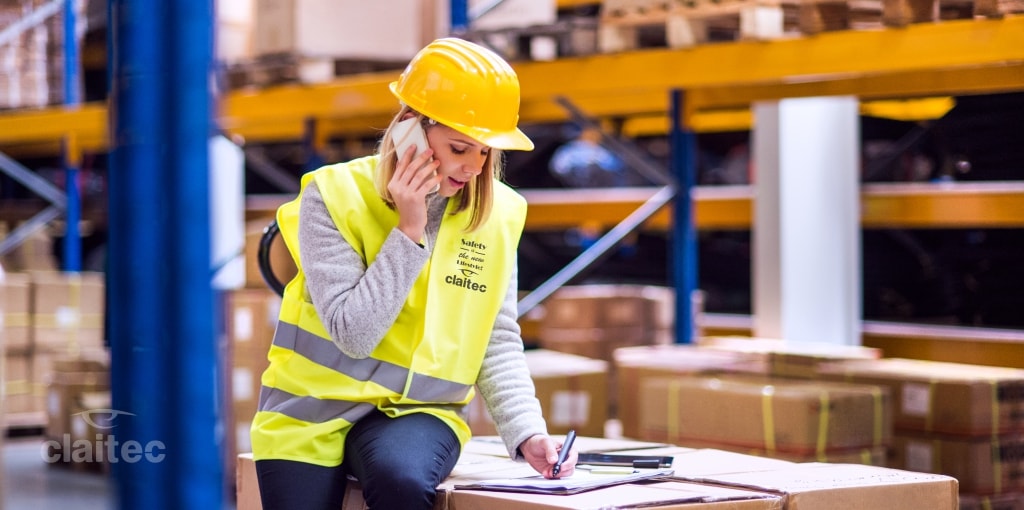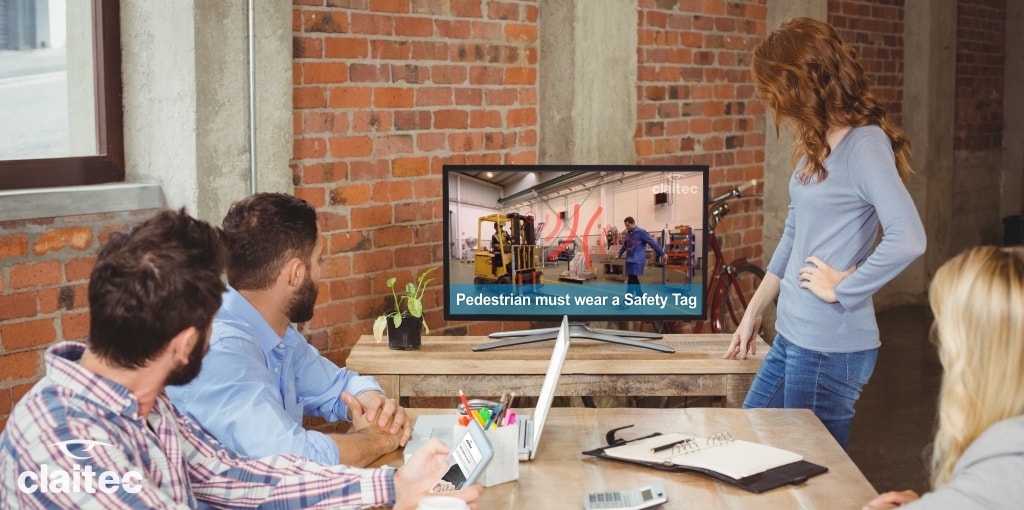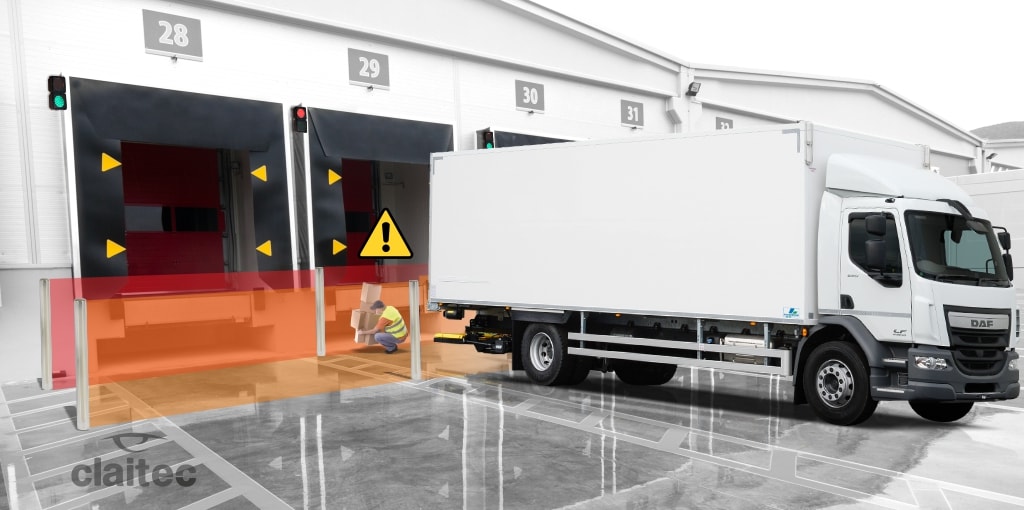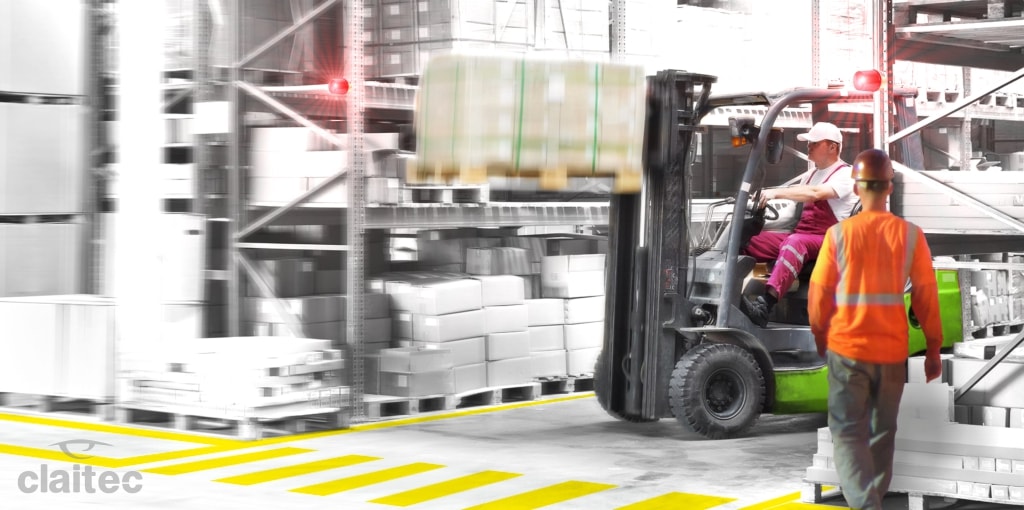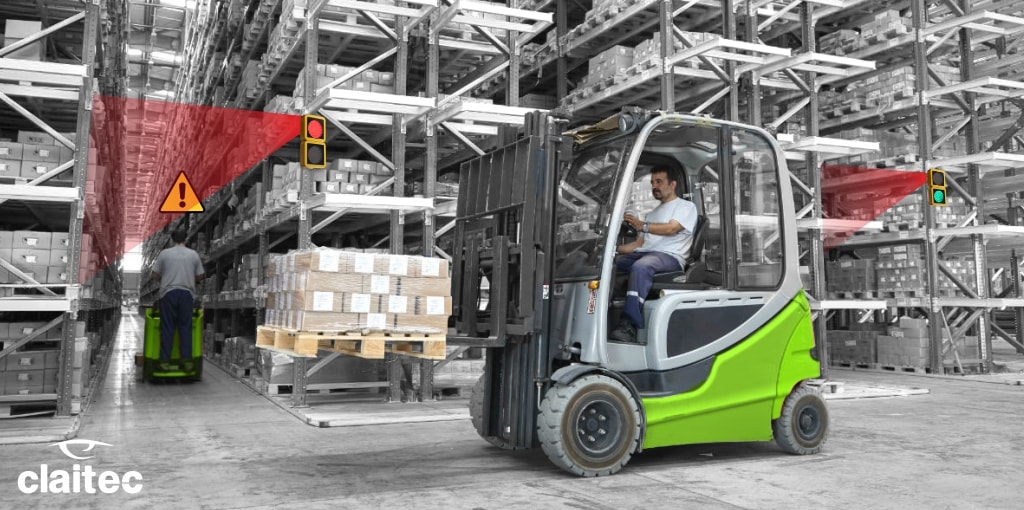We discussed in previous posts the importance of guaranteeing forklift safety as well as the different ways through which we can improve accident prevention levels within our industries and work spaces. Today, we would like to expand on these areas and explain the multiple benefits of a very useful and easy to deploy tool: the PCS Solution.
Especially designed to ensure the physical integrity of pedestrians in crossings but applicable to any parts of the journey in industrial spaces, the PCS Solution warns the forklift by previously installed traffic lights the presence and eventual crossing of pedestrians in its work area. This way, the operator handling a load and concentrating on the driving of heavy vehicles, is able to notice the presence nearby of a pedestrian and can take precautionary measures, significantly reducing accidents and risks of running employees over.
The implementation of the PCS system very simple. Apart from the traffic lights, pedestrians circulating in the facility must carry small tags – similar to a keychain -, which will emit light signals when detected by a previously installed RFID activator. That same activator oversees the sending of the signal to the traffic lights, indicating in this manner the presence of a person in the place in question.
All these elements are very easy to implement and a especially durable and robust.
This system is generally used in pedestrian crossing areas, pedestrian and forklift intersections, spaces with a lot of forklift movement, loading and unloading areas and merchandise storage spaces, among others.
Keen to find out more about the PCS Solution?
You can read about in our website, or contact us directly about this or any other of our products which might be of your interest.
